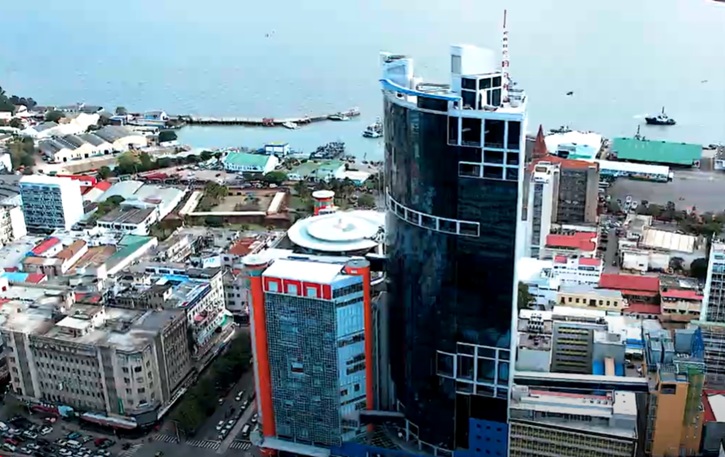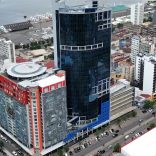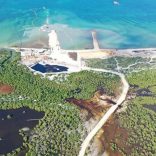Mozambique cuts interest rate by 75 bps, sees steady inflation
Mozambique: Sovereign risk remained at a severe level in 2024 – central bank

File photo: Banco de Moçambique
A report by the central bank consulted today by Lusa states that Mozambique’s sovereign risk remained at a “severe level” in 2024, and predicts that it will remain in that condition, given the “pressure” of public debt.
“In 2024, sovereign risk remained at a severe level. The prevalence of sovereign risk at a severe level is explained by the maintenance of the ratio of government credit to total credit and the ratio of public debt to GDP [Gross Domestic Product] at high levels,” the financial stability report of the Bank of Mozambique states.
Sovereign risk refers to the risk that a government will not be able to meet its financial obligations.
According to the document, Mozambique closed 2024 with a total public debt of over US$16,328 million (€13,931 million), compared to US$15,202 million (€12,970 million) in 2023.
“Regarding sovereign risk, it is expected to remain at a severe level, due to pressure on domestic public debt, which continues to worsen,” the report stresses.
It adds that “systemic risk” in the banking sector “remains at a moderate level”, a status “influenced by the maintenance of sovereign, credit, liquidity, profitability and solvency risks”.
“Contrary to this trend, there was an increase in macroeconomic risk and a reduction in market risk,” the document adds.
Minister of Finance Carla Loveira said on June 16 that Mozambique’s economic and financial scenario remained “challenging”, acknowledging the impacts of post-election social tension in the first quarter of the year.
Speaking at an event held by the Bank of Mozambique in Maputo, the finance minister recalled, at the time, that, “in recent years”, the country’s macroeconomic management has faced “challenges arising from external and internal shocks that have profoundly affected” the economy, such as terrorism in Cabo Delgado, extreme weather events and “violent demonstrations” following the general elections of October 9. These culminated in the “destruction of public and private infrastructure, which led to a slowdown in the economy of 3.6 percentage points in 2024, standing at 1.9% compared to the 5.5% projected in the PESOE [Economic and Social Plan and State Budget] for that year.
“This situation was supported in the first quarter of 2025, with GDP showing a negative variation of 3.9% when compared to the same period in 2024, influenced by negative variations in the secondary sector of 16.2%, followed by the tertiary sector with a negative variation of 8%,” the minister added.
“This shows that the context remains challenging and it was in this context that the Assembly of the Republic approved the PESOE for 2025 (…) [which] points to fiscal consolidation as the primary objective to balance the State’s accounts. In these terms, policy measures were approved to increase efficiency in revenue collection, stabilise the level of public debt of the wage bill, in order to reduce the primary deficit, creating space for productive investment,” the finance minister also stressed at the time.
The Mozambican economy contracted by 3.92% in the first quarter, year-on-year, after a 5.73% drop in the last three months of 2024, the National Statistics Institute (INE) announced in June. The country’s gross domestic product (GDP) grew by 3.56% in the first quarter of 2024, followed by further increases of 4.28% and 5.53% in the second and third quarters, respectively.
The government projects GDP growth of 2.9% for 2025.
Following the social unrest that followed the general elections of October 9, GDP fell by 5.73% in the last quarter and by 3.92% in the first quarter of 2025, according to the INE.












Leave a Reply
Be the First to Comment!
You must be logged in to post a comment.
You must be logged in to post a comment.